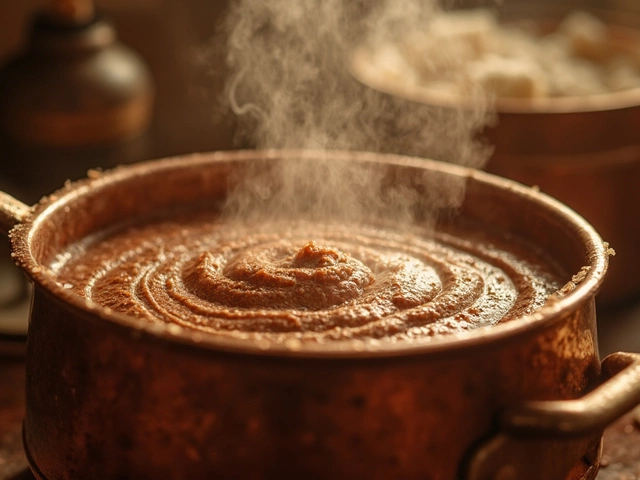Health Risks of Sweet Treats – What You Need to Know
If you love desserts, you’re not alone. Cookies, cakes, and fudge bring smiles to the table, but they can also hide some health risks. Knowing what to watch for helps you enjoy sweets without the guilt.
Too Much Sugar Can Sneak Up On You
Most baked goodies are packed with sugar. A single slice of cake can contain as much as 20 grams of sugar, which is half the daily limit many health groups recommend. When you eat that much sugar regularly, blood sugar spikes, energy crashes, and over time you risk weight gain, type 2 diabetes, and heart problems. The trick is simple: keep portion sizes small and balance a sweet bite with protein or fiber. A handful of nuts alongside a cookie can slow sugar absorption and keep you feeling fuller longer.
Allergens and Hidden Ingredients
Allergies are another hidden danger. Even if a recipe looks simple, it might contain hidden gluten, nuts, or dairy. For example, many fudge recipes call for butter or milk, which can trigger reactions in people with lactose intolerance. Always read ingredient lists and look for cross‑contamination warnings if you bake for others. If you’re unsure, label your treats clearly – a quick note can save someone from an emergency.
Eggs are a common culprit, too. Skipping eggs in cheesecake can change texture, but it also removes a protein that helps bind the dessert. Some bakers replace eggs with flaxseed or applesauce, which works for many, yet those substitutes might not suit everyone with seed or fruit allergies. Test a small batch first before serving a big crowd.
Gluten‑free baking brings its own risks. Gluten‑free flours lack the elasticity of wheat, so cakes can turn dense and dry. Over‑mixing or using the wrong ratio can make the final product heavy, leading people to eat more to get the same satisfaction, unintentionally adding extra calories.
Finally, watch out for additives and preservatives in store‑bought sweets. Artificial colors, high‑fructose corn syrup, and excess sodium can raise blood pressure and cause headaches. When you bake at home, you control what goes in, which usually means fewer hidden chemicals.
So, what can you do to keep the health risks low?
First, aim for natural sweeteners like honey, maple syrup, or mashed bananas. They still add sugar, but they also bring nutrients and fiber. Second, practice portion control – a bite‑size piece satisfies the craving without overloading your system. Third, swap out refined flours for whole‑grain or nut‑based alternatives when possible. They add texture, flavor, and a boost of healthy fats.
Don’t forget to store desserts properly. Improper storage can cause mold or bacterial growth, especially in moist treats like cheesecake. Keep them refrigerated, and consume within a few days. If you need to keep something longer, freeze it – most cakes and brownies freeze well and stay safe for months.
In the end, desserts don’t have to be dangerous. By watching sugar, checking for allergens, and using smarter ingredients, you can keep the joy of sweets without the health downsides. Enjoy your next slice, but do it with a little know‑how to stay safe and satisfied.

When Should You Avoid Eating Cheesecake? Essential Health Tips and Facts
Discover surprising reasons to skip cheesecake. Learn about food safety, health risks, allergies, and smart storage. Stay safe and enjoy dessert smarter!
View More




